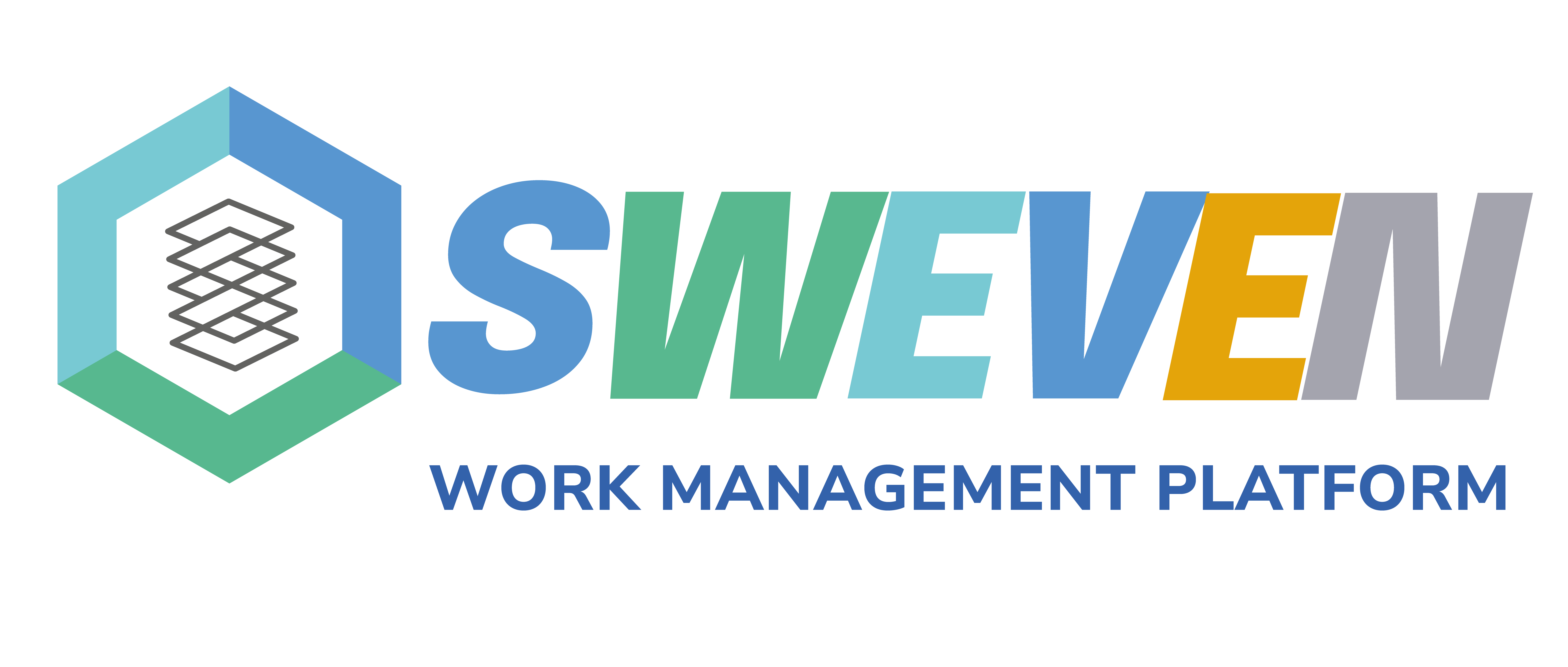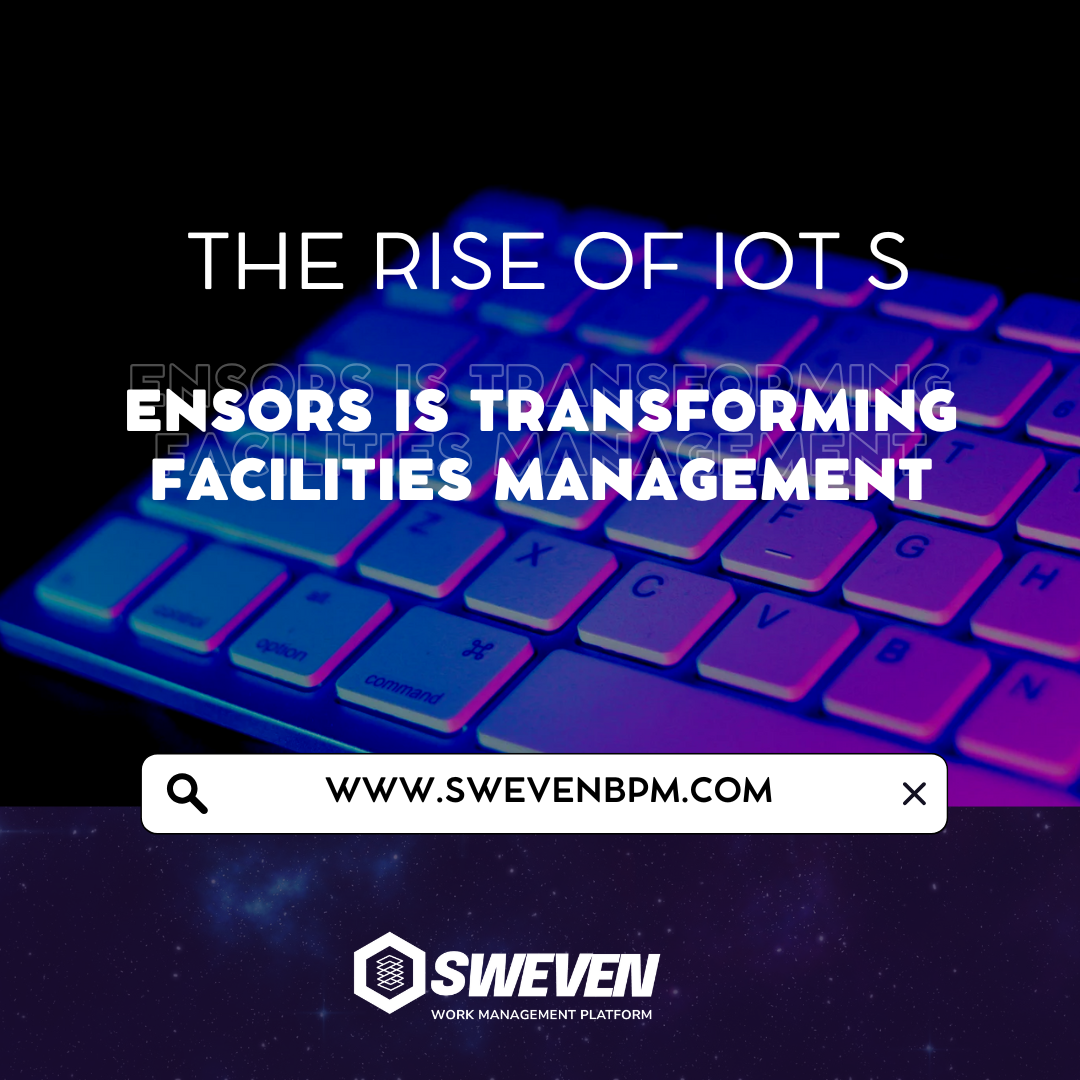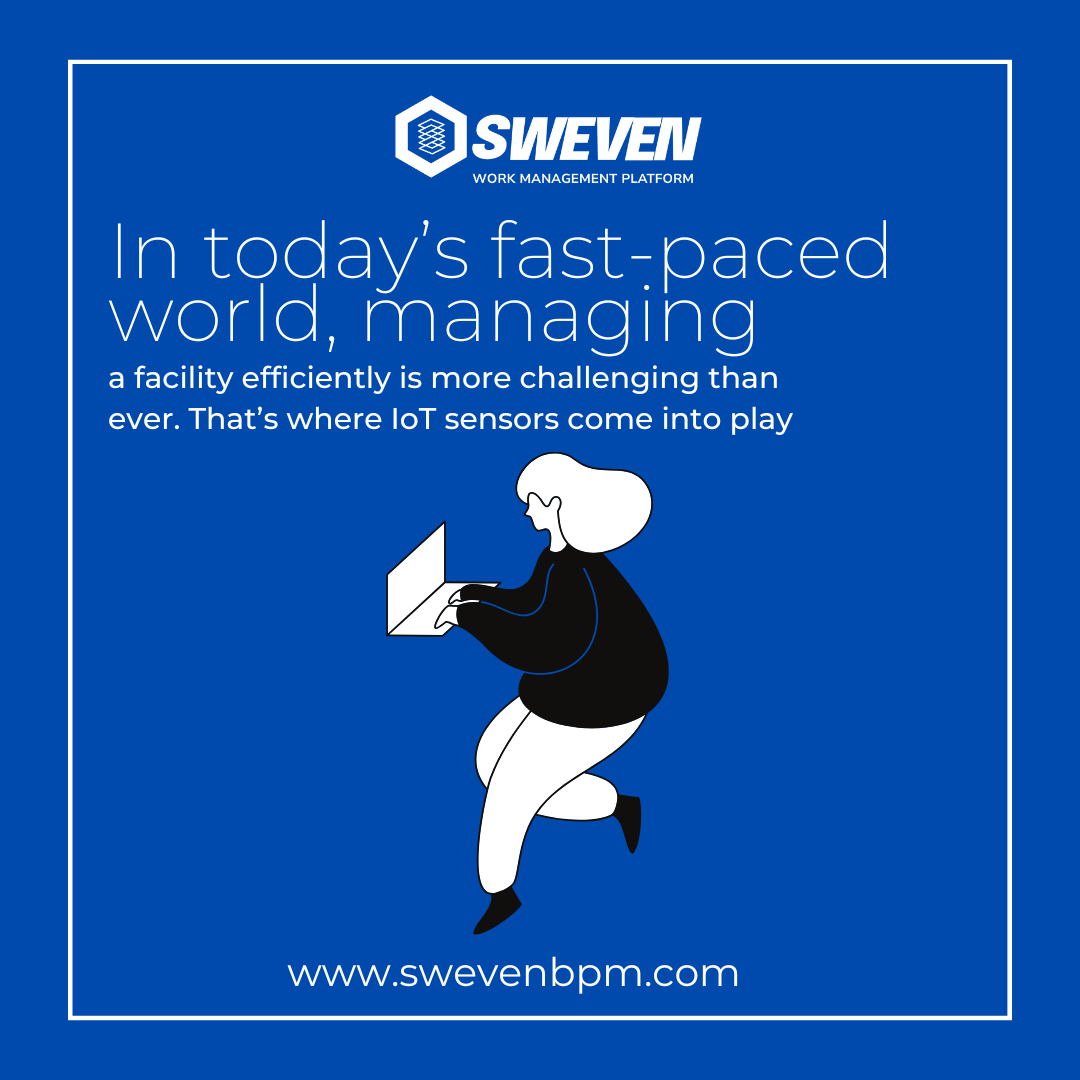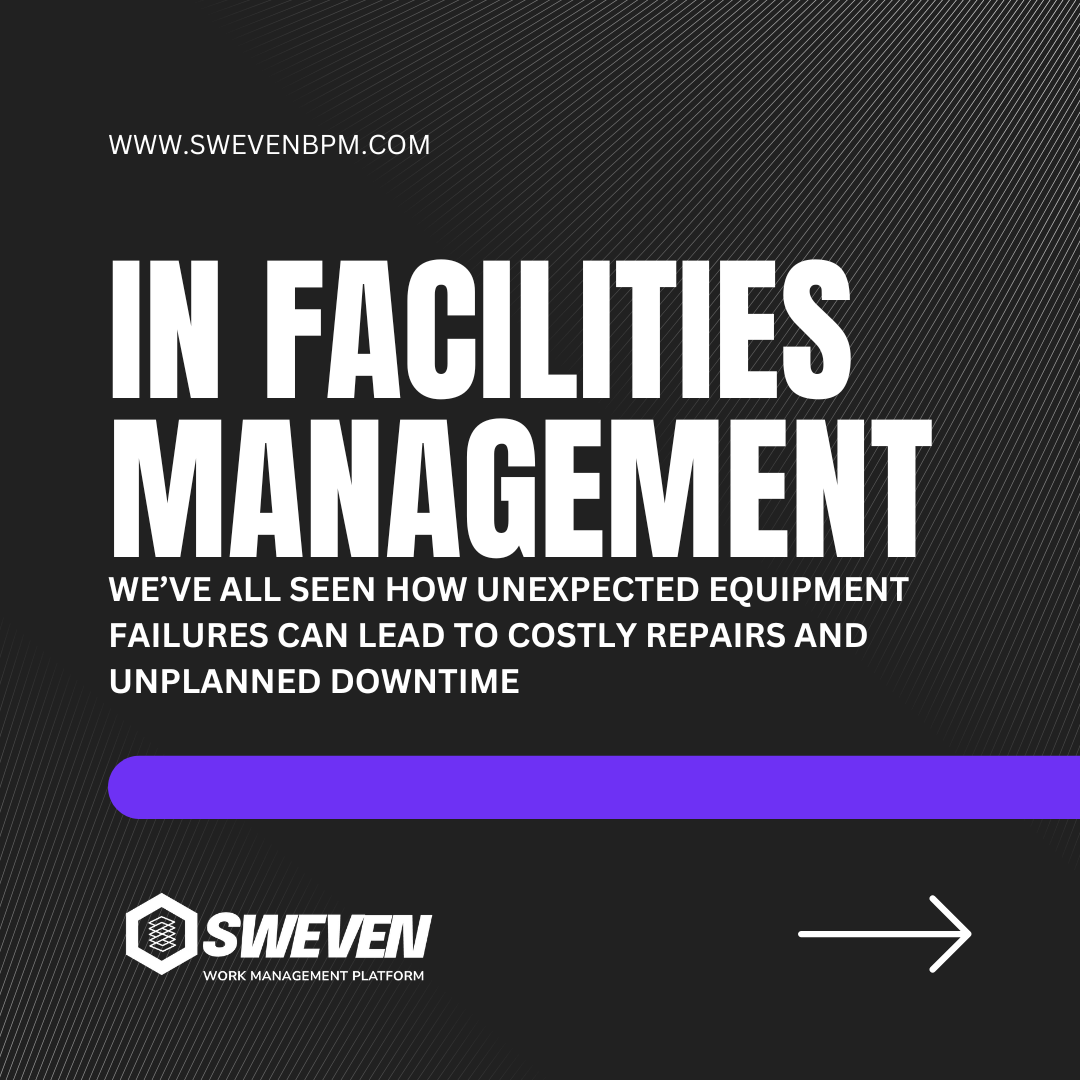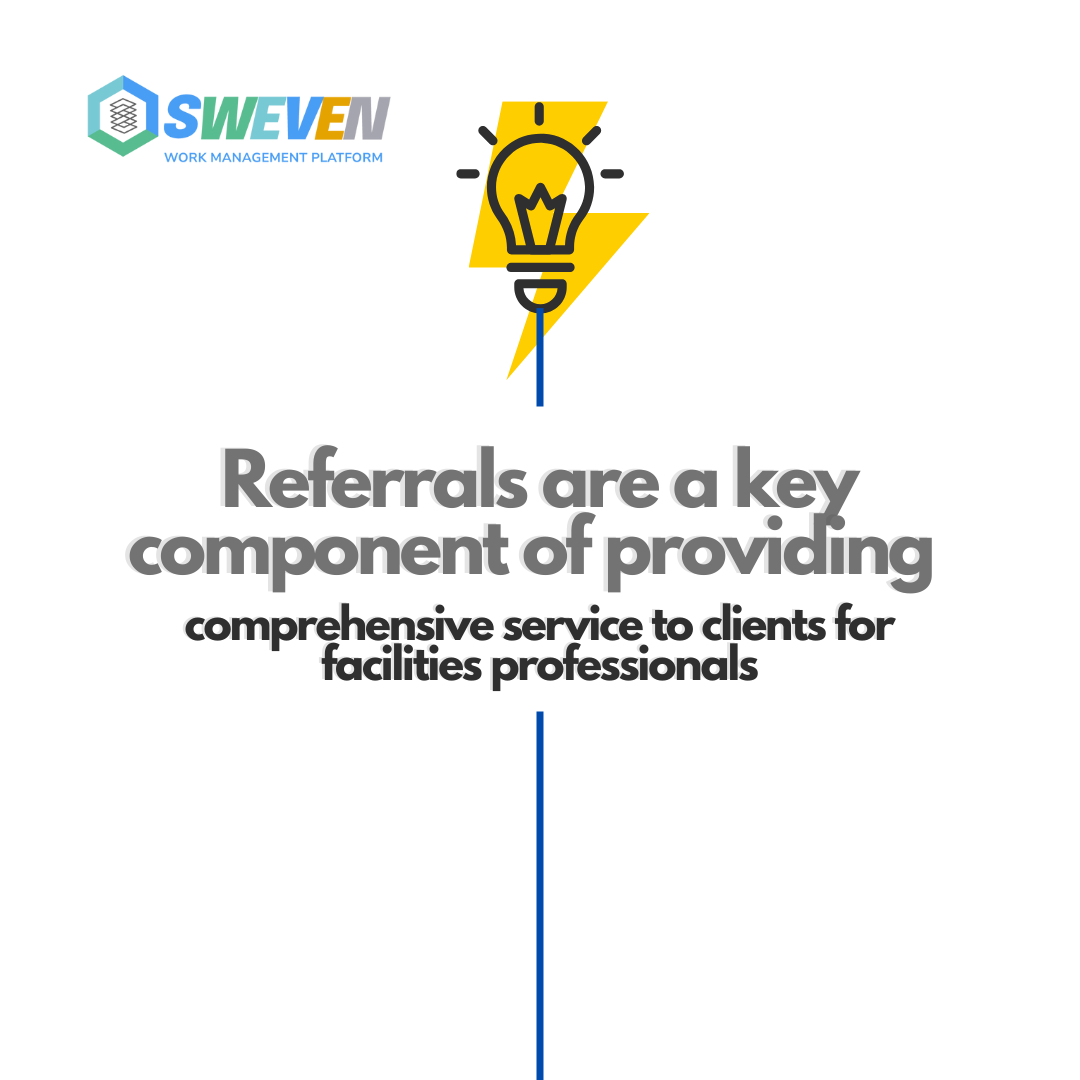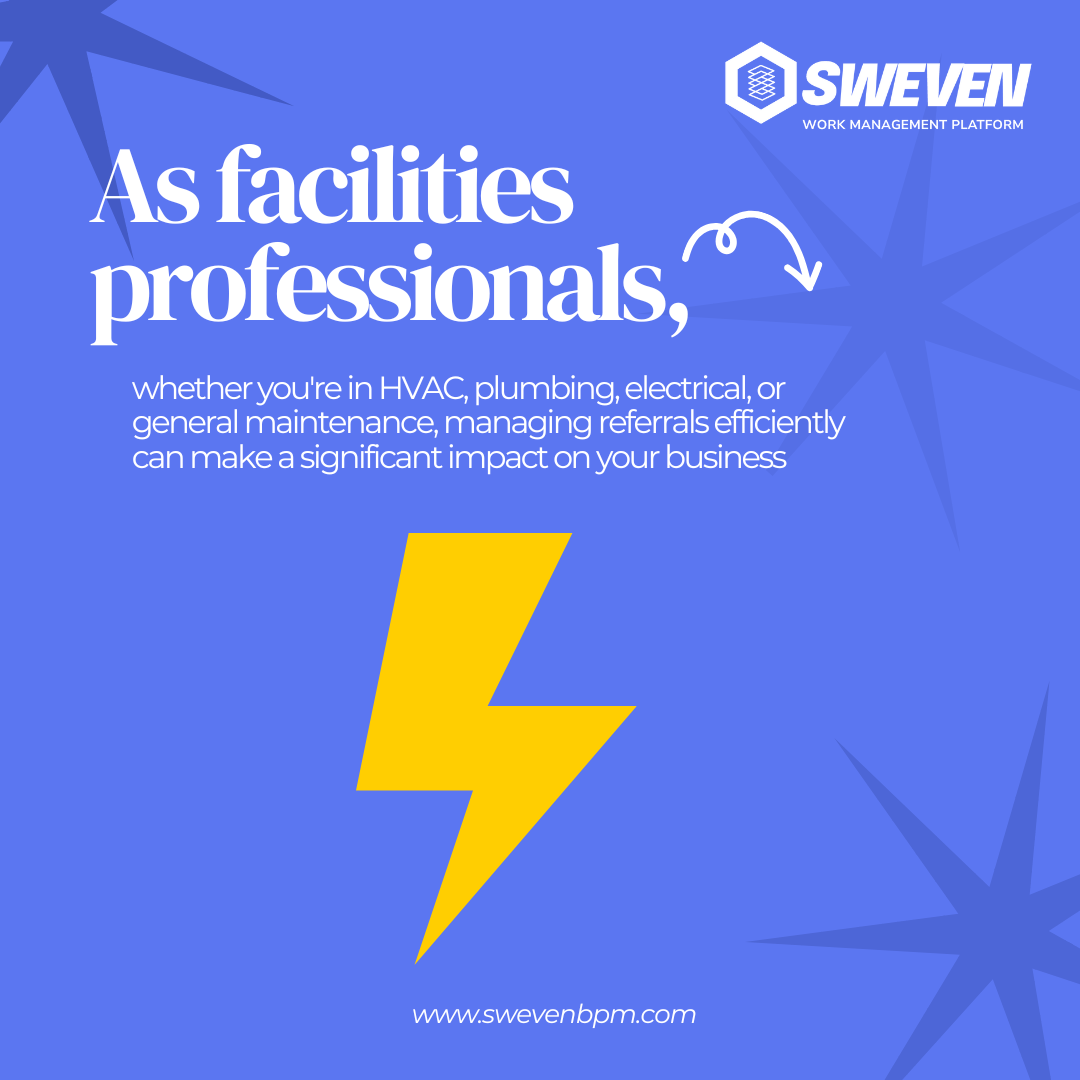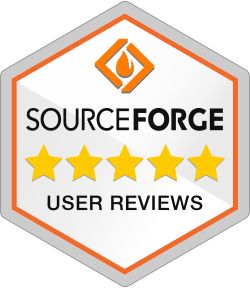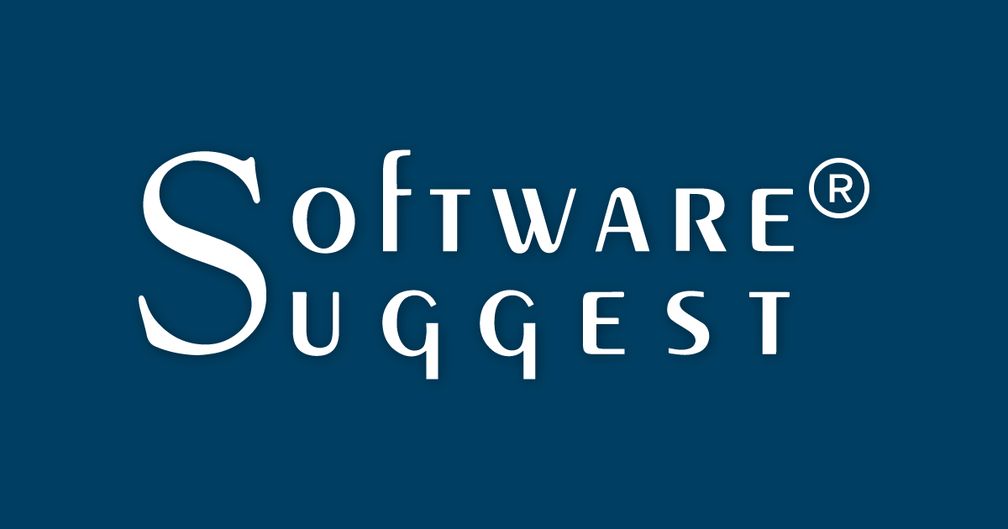Facilities maintenance is a critical function that ensures the smooth operation of buildings and infrastructure. However, emergency repairs and unexpected breakdowns can lead to significant costs, disrupting operations and straining budgets. The high costs associated with these unplanned events can be mitigated by adopting preventive maintenance practices and leveraging predictive maintenance technologies. These strategies help reduce the frequency and severity of emergency repairs, leading to more efficient and cost-effective facilities management.

Understanding the Pain Point: High Costs of Emergency Repairs and Unexpected Breakdowns
Emergency repairs are often more costly than planned maintenance due to several factors:
- Immediate Attention Required: Emergency repairs necessitate immediate response, often leading to higher labor costs due to overtime or after-hours work.
- Expedited Parts and Services: The need for expedited shipping and services to quickly resolve issues can increase expenses.
- Operational Downtime: Unplanned breakdowns can cause operational disruptions, leading to lost productivity and revenue.
- Extended Damage: Delayed repairs can result in further damage to equipment or infrastructure, increasing the overall repair costs.
Resource Allocation: Emergency repairs divert resources from scheduled maintenance tasks, potentially leading to deferred maintenance and future issues.

Solution: Preventive and Predictive Maintenance Strategies
To effectively manage the high costs associated with emergency repairs, organizations can implement preventive maintenance practices and leverage predictive maintenance technologies.
Preventive Maintenance Practices
Preventive maintenance involves regularly scheduled inspections, adjustments, and repairs to keep equipment and systems in optimal condition. This proactive approach helps identify and address potential issues before they escalate into costly emergencies.
- Routine Inspections: Conduct regular inspections of equipment and infrastructure to identify wear and tear, leaks, or other issues that could lead to breakdowns.
- Scheduled Maintenance: Perform maintenance tasks such as lubrication, cleaning, and part replacements according to a predetermined schedule to ensure systems operate smoothly.
- Standardized Procedures: Develop and follow standardized maintenance procedures to ensure consistency and thoroughness in maintenance activities.
- Training and Awareness: Train maintenance staff to recognize early signs of potential issues and understand the importance of preventive maintenance.
Predictive Maintenance Technologies
Predictive maintenance uses advanced technologies to monitor equipment condition and predict when maintenance should be performed. This data-driven approach helps prevent unexpected failures and optimize maintenance schedules.
- IoT Sensors: Install IoT-enabled sensors on critical equipment to continuously monitor parameters such as temperature, vibration, and pressure, providing real-time data on equipment health.
- Data Analytics: Utilize data analytics to analyze sensor data and identify patterns that indicate potential failures, allowing for timely interventions.
- Machine Learning: Implement machine learning algorithms to improve the accuracy of failure predictions and optimize maintenance schedules based on historical data and real-time insights.
- Condition-Based Monitoring: Shift from time-based maintenance to condition-based monitoring, where maintenance is performed based on the actual condition of the equipment rather than a fixed schedule.
Benefits of Preventive and Predictive Maintenance
Adopting preventive and predictive maintenance strategies offers numerous benefits that help manage and reduce the high costs of emergency repairs:
- Cost Savings: Preventive and predictive maintenance can significantly reduce the frequency and severity of emergency repairs, leading to lower overall maintenance costs.
- Improved Reliability: Regular maintenance and real-time monitoring improve equipment reliability, reducing the likelihood of unexpected breakdowns.
- Increased Lifespan: Proper maintenance extends the lifespan of equipment and infrastructure, delaying the need for costly replacements.
- Operational Efficiency: Minimizing unplanned downtime enhances operational efficiency and productivity, ensuring smooth and uninterrupted operations.
- Resource Optimization: Efficient maintenance planning and execution optimize the use of maintenance resources, reducing waste and improving effectiveness.
- Enhanced Safety: Preventive and predictive maintenance contribute to a safer working environment by addressing potential hazards before they lead to accidents or emergencies.

Conclusion
The high costs associated with emergency repairs and unexpected breakdowns can be a significant burden for facilities maintenance. However, by adopting preventive maintenance practices and leveraging predictive maintenance technologies, organizations can proactively manage and reduce these costs.
Preventive maintenance ensures that equipment and systems are regularly inspected and maintained, preventing minor issues from escalating into major problems. Predictive maintenance uses real-time data and advanced analytics to predict and prevent failures, optimizing maintenance schedules and improving reliability.
Together, these strategies create a robust maintenance framework that enhances efficiency, reduces costs, and ensures the longevity and reliability of facilities. By investing in preventive and predictive maintenance, organizations can navigate the challenges of emergency repairs and achieve long-term success in facilities management.
